Laurent Chérubin, Ph.D.
Observe, Model and Predict

Dr. Laurent Chérubin is marine scientist trained as a physical oceanographer whose specialty is the study of ocean dynamics through observation and modeling. His ocean dynamics research encompasses the study of water movements and their associated instabilities that lead to the formation of meanders, eddies and filaments in our regional and basin scale current systems such as the Loop Current in the Gulf of Mexico.

Such information can be useful to understand the impact of climate change on the continental shelf and our coastal waters because large-scale current system can occasionally flush shelf waters by pushing meanders or eddies on the shelf. However, climate change may decide whether flushing occurs near the surface or at depth, which can have consequences on the occurrence of harmful algal blooms (HABs). Nonetheless, large scale current intrusions or eddies provide a mean for larval fish to migrate from their offshore spawning grounds to nearshore and inshore nursery habitats.


While numerical mathematical model of ocean circulation like ROMS are used to model and study the currents and eddy dynamics, coupled with Individual-based models of fish or invertebrate larvae, they become bio-physical tools that can simulate the complex interaction between ocean current and marine life. The results of such modeling studies can be validated with in-situ observations made from various types of instruments measuring from current speed to larval count.

Not to mention the use of unmanned ocean-going platforms that enable the sampling of vast shelf and ocean areas autonomously at once, over extended periods of time. Dr. Chérubin instrument pool consist of a Wave Glider, a G3 Slocum glider, a REMUS 100 and other smaller UUVs that are regularly deployed to observe not only ocean dynamics but also the habitat of fish and marine animal and their use of it. This is used to assess the relationship between marine organisms and their habitat, which might be under threat by climate change.
Using state of the art technology for ocean observation and modeling generates significant amounts of data that can now be mined to effectively analyze historical and existing data but also predict the evolution and the changes in our oceans. Dr Chérubin is now leading the implementation of AI tools for the prediction of ocean currents but also to the study of the behavior of marine organisms such as the Goliath grouper in response to changes in their environment.



Using autonomous platforms to study fish spawning aggregation in the greater Caribbean region, including the Gulf of Mexico, he has developed an AI-based application called FADAR that can analyze enormous amounts of ocean sound recordings to identify the sound specific courtship calls of several species of groupers, including the emblematic and critically endangered Nassau grouper.



This AI driven research can significantly improve our prediction of ocean circulation features to the benefit of conservation, fisheries and offshore industry. It also contribute to improving the efficacy of marine resources management decisions to the benefit of the resource itself and the livelihoods that depend on it. His research has been supported by agencies such as NOAA, DARPA, Florida Fish and Wildlife Commission, and NSF, not to forget in house support by the Harbor Branch Oceanographic Institute Foundation and the Florida Specialty License Plate funds.
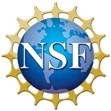
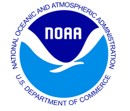
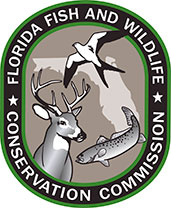


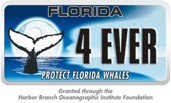
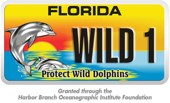
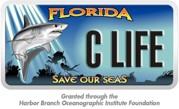
-
Our lab is specialized in OCEAN MODELING AND BIO-PHYSICAL PROCESSES. It investigates the relationship between marine organisms and their environment by
- Understanding the physical environment, which hinges on in-situ observations and numerical modeling. Our lab is one of leaders in the implementation of artificial intelligence (AI) to the prediction of ocean dynamics
- Understanding and interpreting the behavioral response of marine organism to natural and anthropogenic changes in their environment and habitat
- Developing robotic sensing methods of the ocean to study organisms' response
- Developing AI based tools for ocean prediction and data mining such as fish and marine mammal sounds in large dataset
The Team
Senior scientists
- Pr. Hanqi Zhuang, Associate Dean and Professor, Department of Electrical Engineering and Computer Science, FAU
- Dr. Ali Ibrahim, Research Engineer
- Dr. Ali Muhamed Ali, Post-doc
- Jessica Carvalho, M.S.
- Caroline Woodward, M.S.
Students
- Ali Altaher, Ph.D. program Department of Electrical Engineering and Computer Science
- Joseph Marcheggiani, Ph.D. program Department of Ocean and Mechanical Engineering
- Ahmed Altaher, Ph.D program Department of Electrical Engineering and Computer Science
- Florent Chiron Bang Njenjock, Ph.D. program Department of Electrical Engineering and Computer Science
